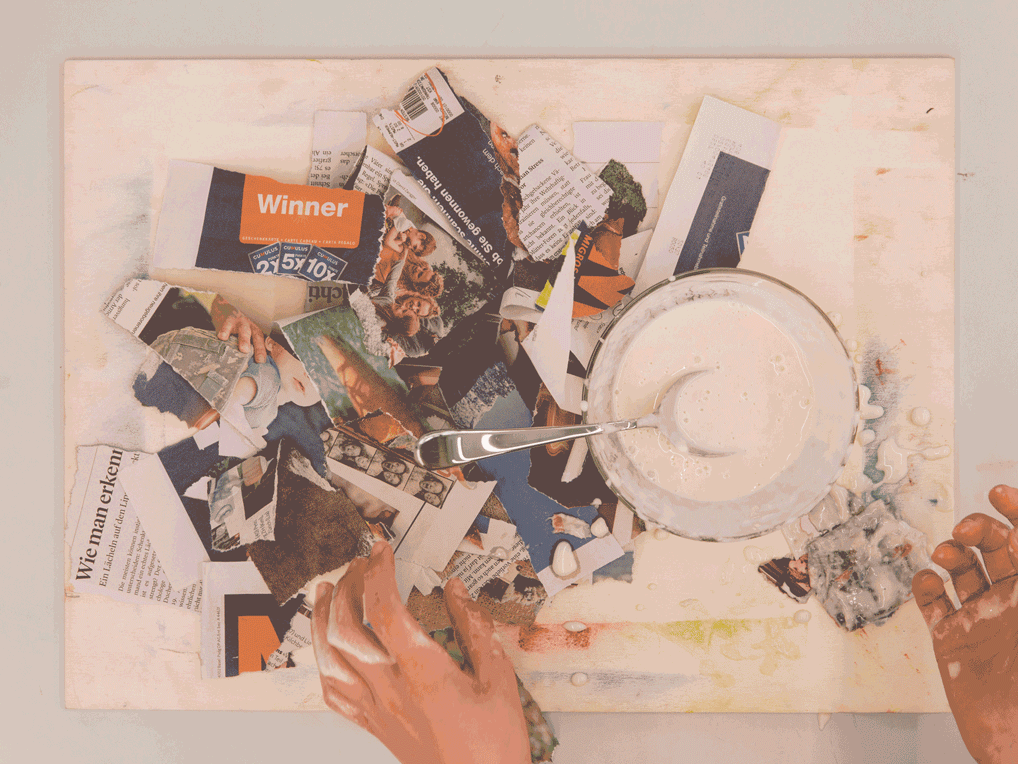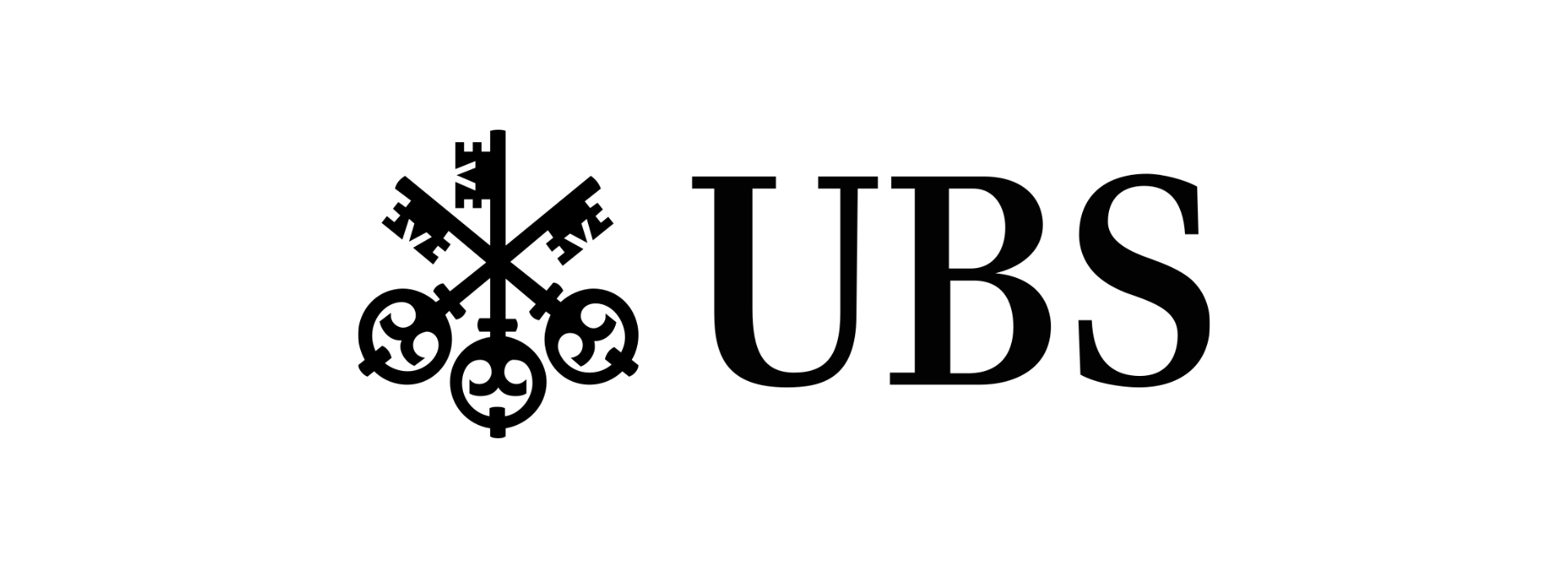Papier-mâché art
27 avr. 2020
Papier-mâché is a material that is easy to make and can be modelled and subsequently painted. In Europe, papier-mâché was formerly used mainly for the production of decorative elements or nativity figures.
Working with papier-mâché is a so-called additive process: this means that material is applied to a resulting work of art made of papier-mâché, as in the case of figures made of plaster or clay. Three-dimensional, i.e. spatial works of art produced by additive processes are called plastics. Sculptures, on the other hand, are created by the reverse technique, by a subtractive process. This means that material is removed rather than applied for a sculpture, which is why sculptures are usually made of stone, for example marble.
So some sculptors take away, some sculptors add. However, a figure made of papier-mâché, after it has dried, can also be worked on with sandpaper or a harmless knife, blurring the line between plastic and sculpture.
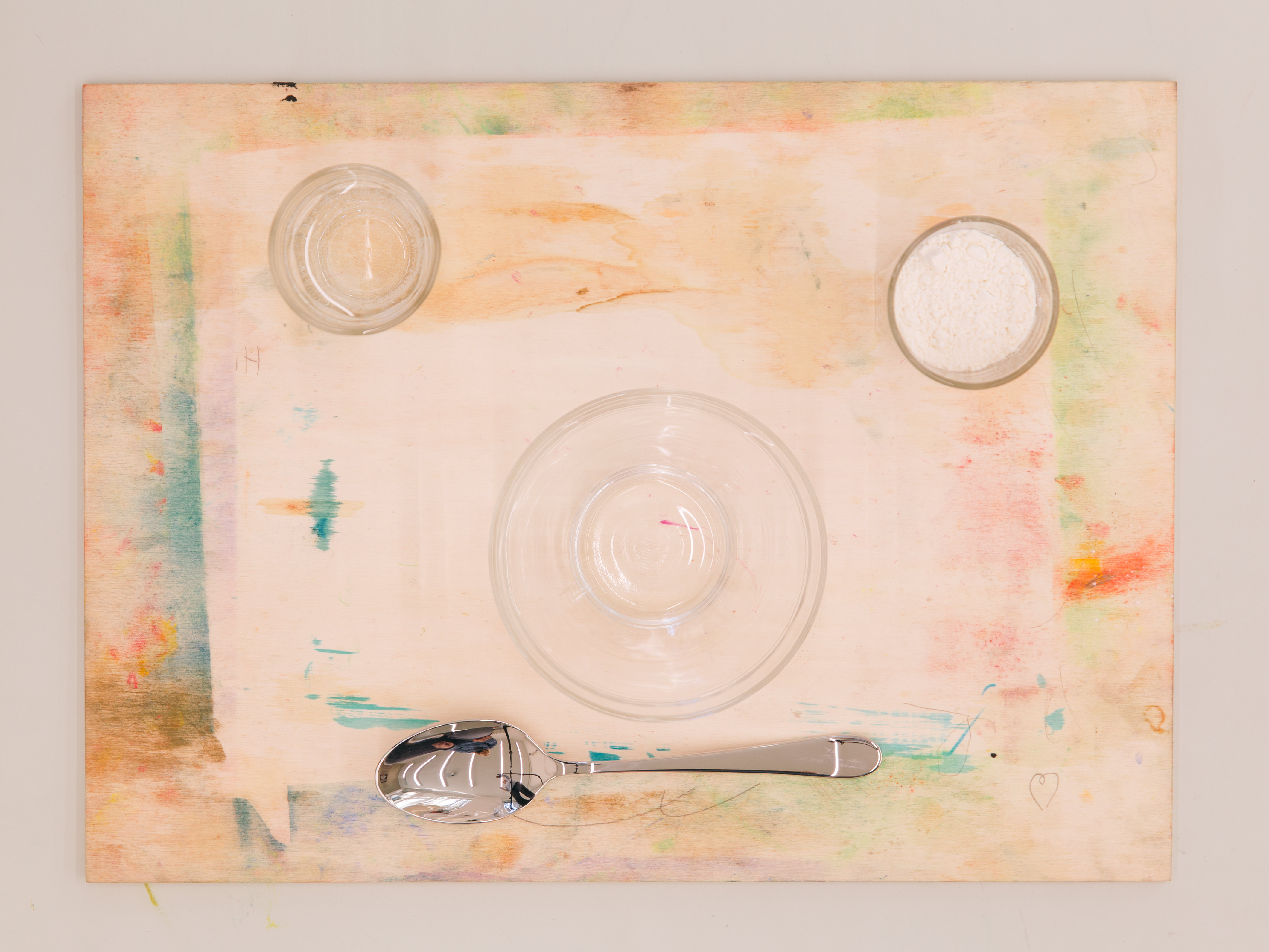
You need:
- 1 glass of water
- 1 glass of flour
- 1 small bowl
- 1 tablespoon
- Paper / newspapers
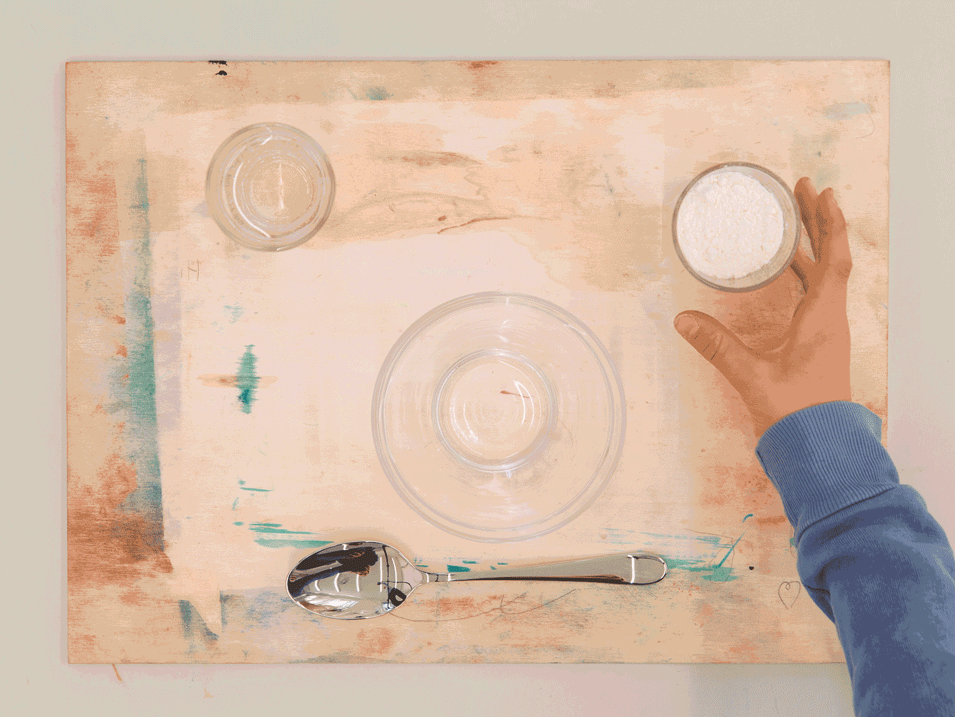
Add water and flour
Take flour and water in equal parts and put both ingredients in a bowl.
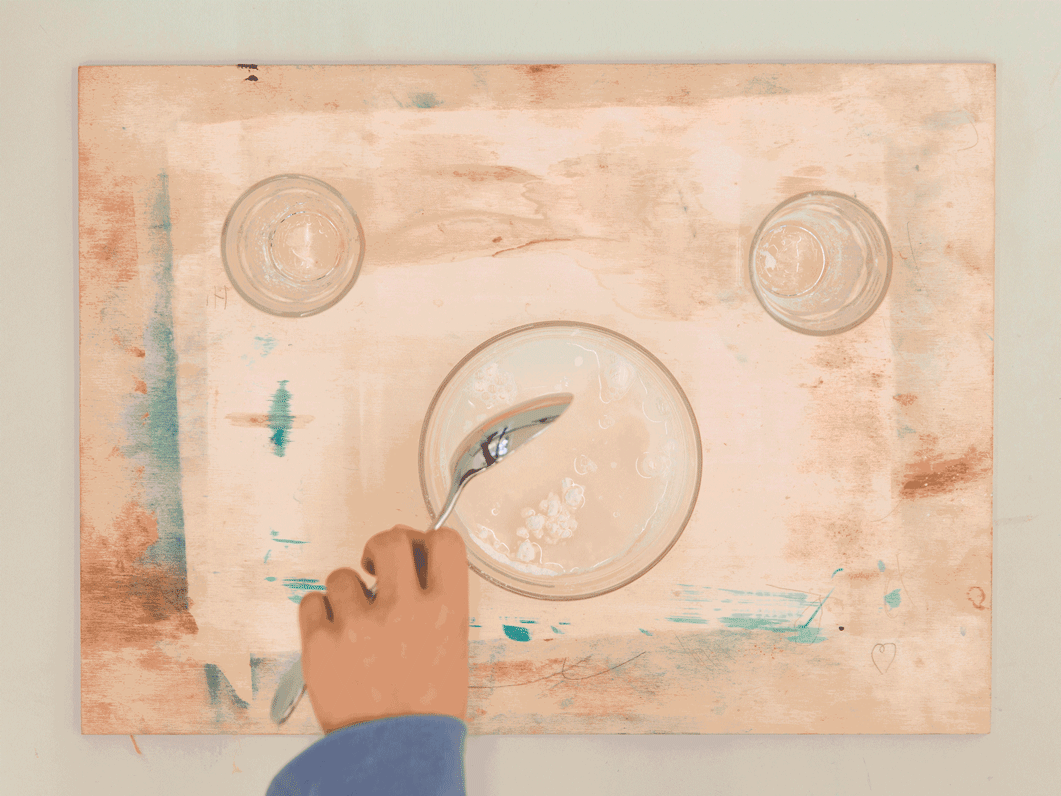
Mix paste
Stir this sticky, mushy mass until it is nice and even. If there are any lumps, you can use a hand blender to finely puree everything if necessary.
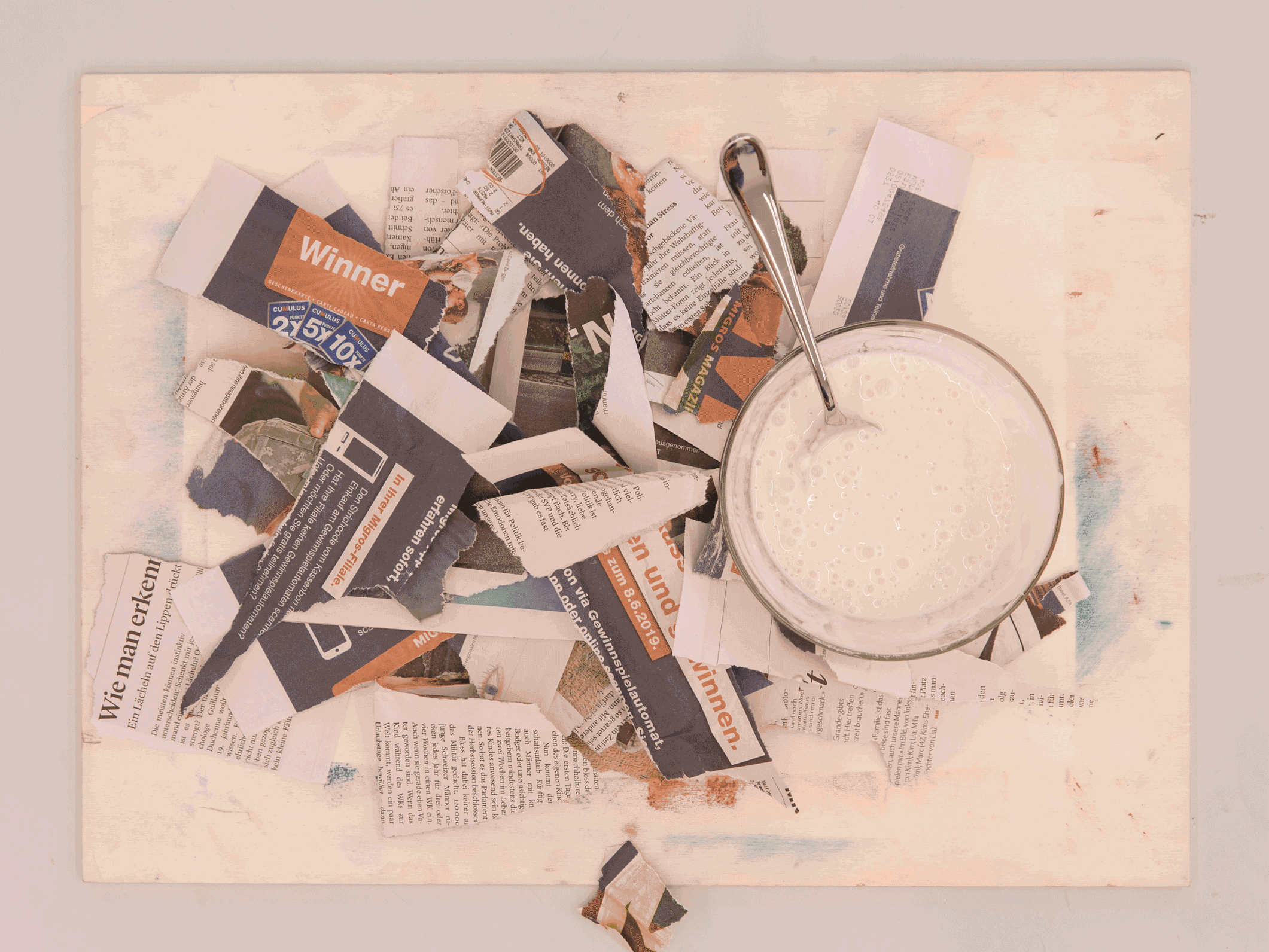
Paste paper strips
Tear small strips or shreds from newsprint and dip them into the paste. You can remove the excess paste with your fingers. Now you can form your own figures, worlds or puppets with the paste.
